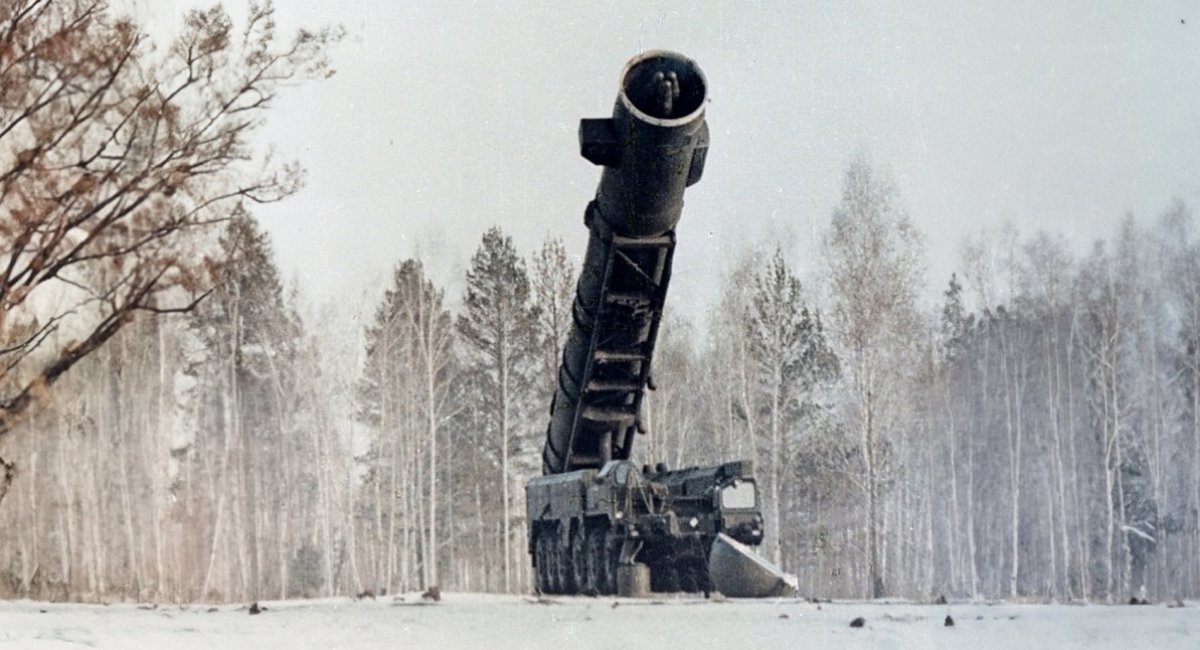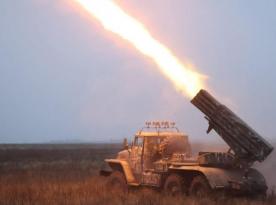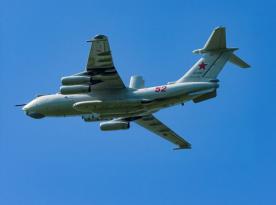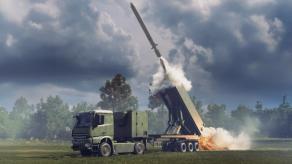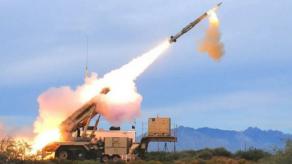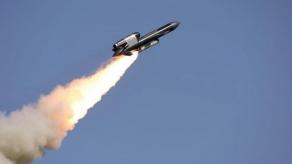New data revealed during a briefing with President Volodymyr Zelenskyy have confirmed the range characteristics of russia's Oreshnik system. The missile, which Moscow used once in a strike on Dnipro on November 21, 2024, reportedly has a maximum range of 5,500 kilometers and a minimum effective range of 700 kilometers. These figures place it squarely in the same class as the Soviet-era RSD-10 Pioneer missile, whose range spanned between 600 and 5,000 kilometers.
The similarity between the Oreshnik and the Pioneer missiles suggests that russia has effectively revived a banned class of weapons once prohibited under the now-defunct Intermediate-Range Nuclear Forces Treaty. With such range parameters, the deployment of the Oreshnik systems in Belarus, as announced by Alexander Lukashenko, would place the entirety of Europe, the northern part of Africa, and even the Arabian Peninsula within striking distance.
Read more: Ukraine's Intelligence: russia to Deploy New Oreshnik System in Belarus by End of 2025
Launched from the Minsk region, the mobile system could reach targets thousands of kilometers away, reinforcing russia's ability to project nuclear or conventional power across multiple continents.
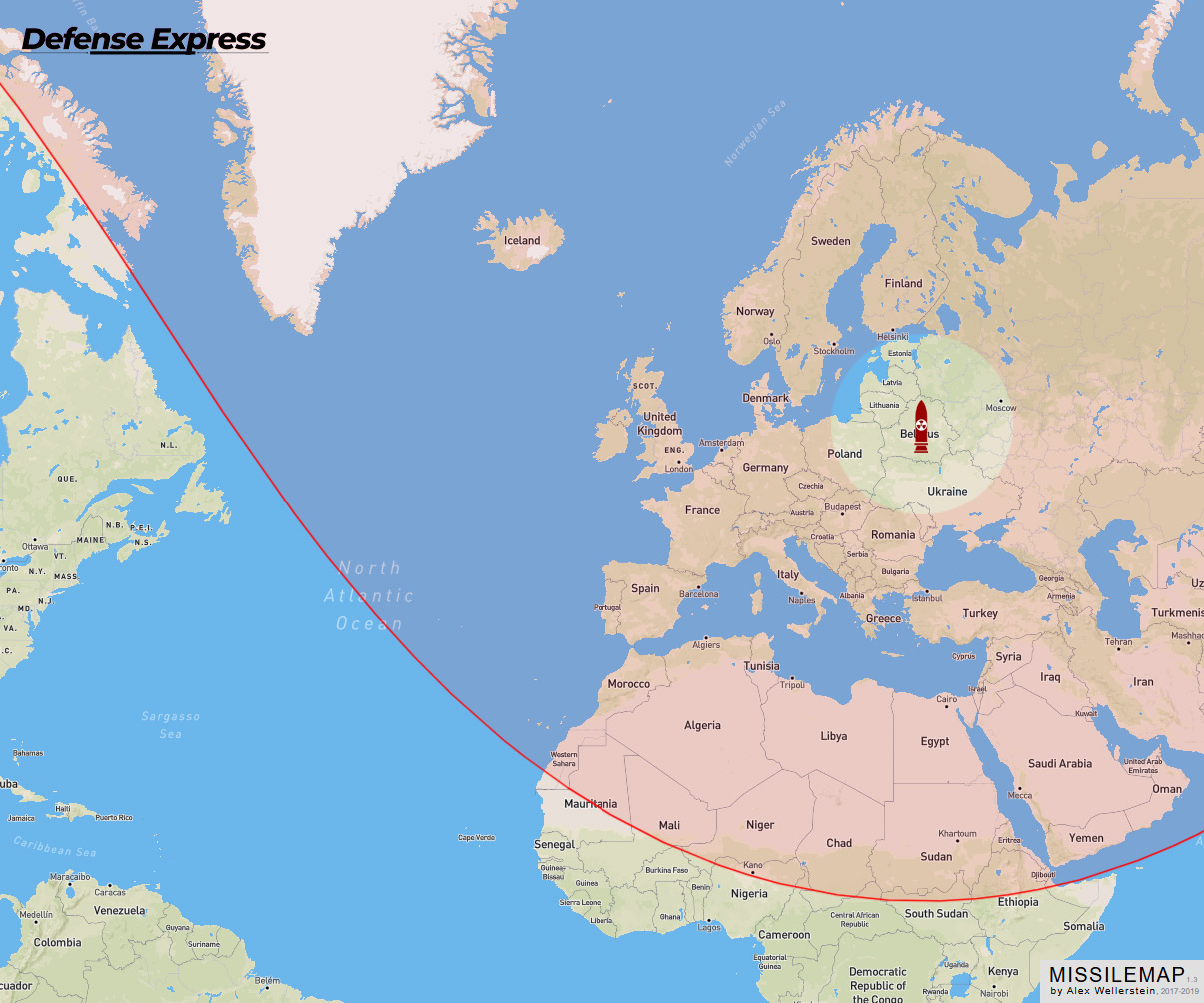
According to the Defense Intelligence, only three Oreshnik missiles have been produced to date. One was used in the Dnipro attack, another was destroyed at the Kapustin Yar test site in a joint operation by Ukraine's Defense Intelligence, the Security Service of Ukraine, and the Foreign Intelligence Service in the summer of 2024. Russian plans call for the production of six additional units by 2026, signaling an intent to scale up the program despite early setbacks.
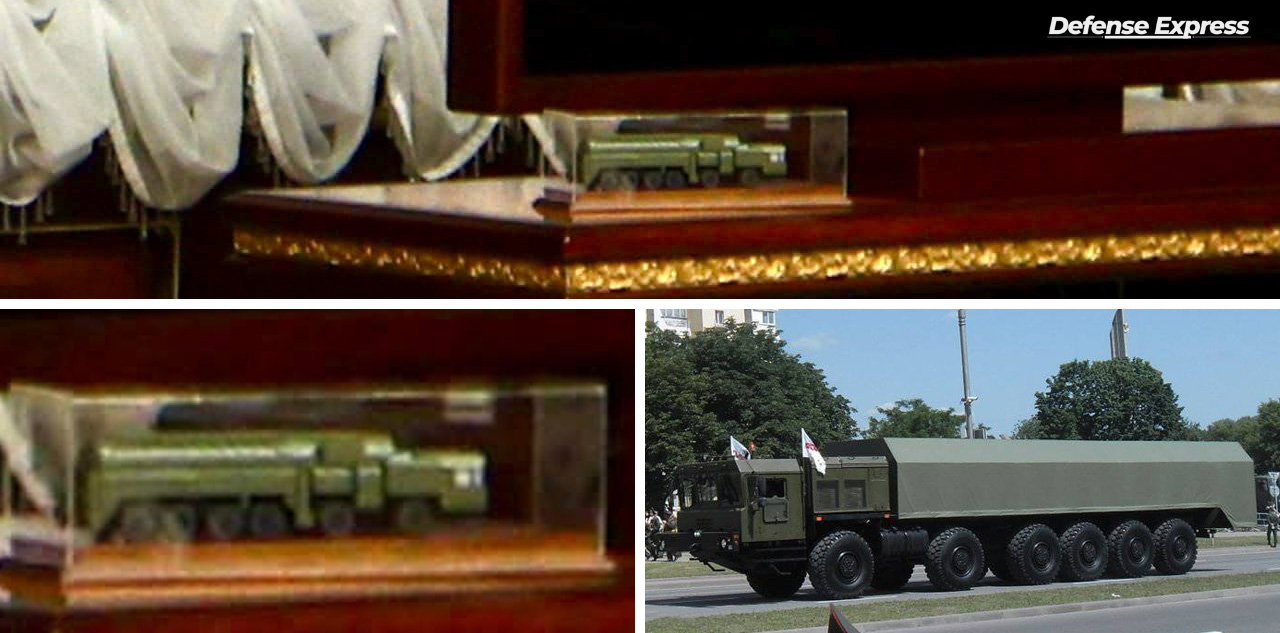
The missile's launcher chassis, the MZKT-79291, developed in Belarus, offers another important clue. Originally designed for the RS-26 Rubezh missile, this heavy 60-ton platform was meant for an intercontinental system that skirted INF Treaty restrictions.
It is believed the Oreshnik missile was derived directly from this platform by increasing the payload capacity, effectively transforming it into a medium-range system capable of carrying multiple warheads. The resemblance to the Pioneer system's MAZ-547 chassis, rated at 55 tons, reinforces this conclusion.
The Oreshnik system likely borrows its first and second stages from the RS-24 Yars intercontinental missile, a modernized variant of the Topol system, which itself traces its lineage to the Temp-2S series. This evolutionary pattern mirrors the Soviet design logic used in the late 1970s, when the Pioneer system was created by adapting stages of an existing ICBM.
The continuity in design philosophy suggests that Moscow has chosen a cost-effective and technically feasible shortcut, reusing established missile stages to produce a new weapon outside treaty constraints.
Read more: Ukrainian Forces Destroyed One of Three Oreshnik IRBMs Inside russian Territory




